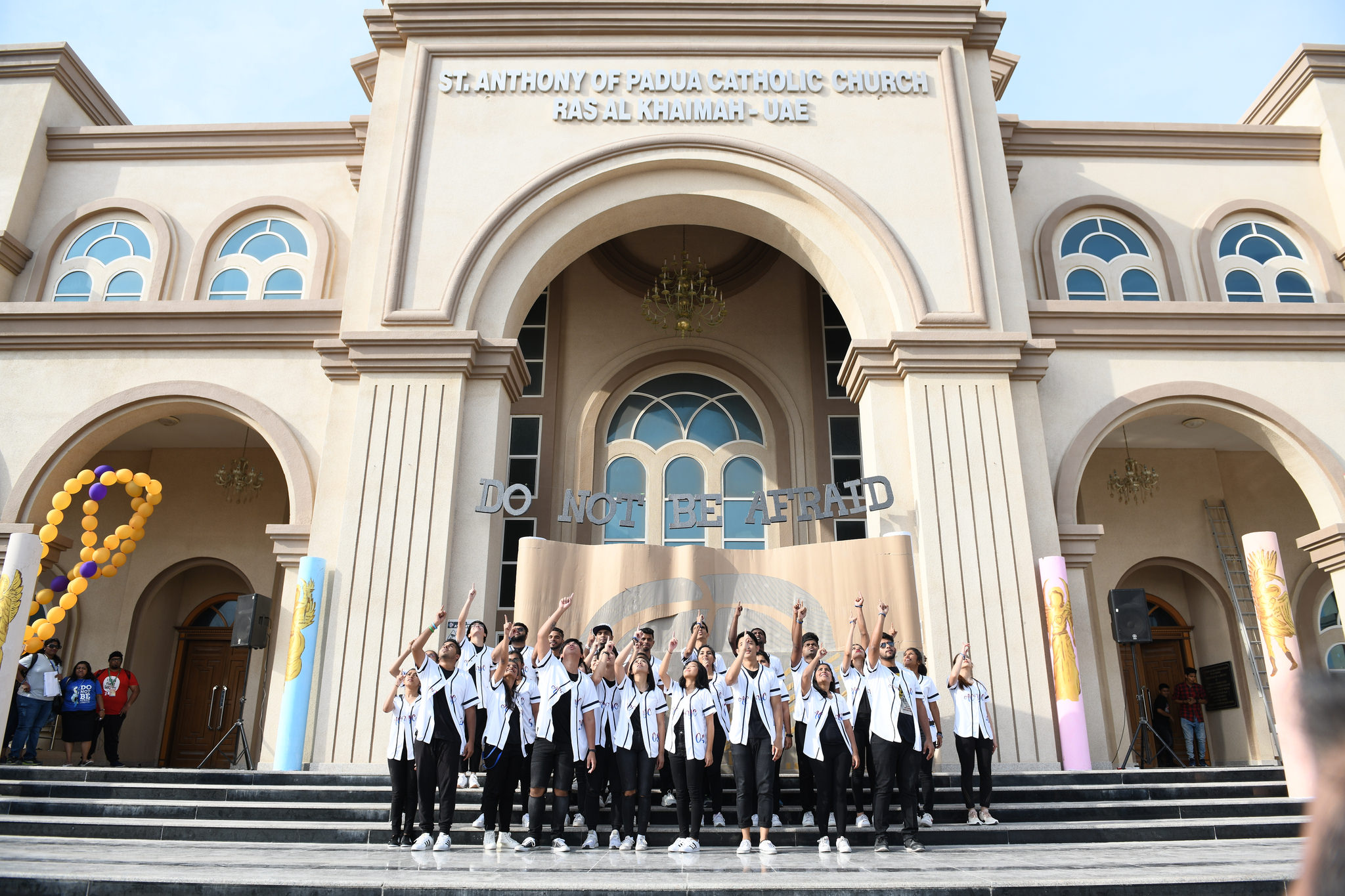
By John L. Allen Jr.
ROME (Crux) – Pope Francis today begins a two-month period largely dedicated to outreach to Islam, bookended by a trip to United Arab Emirates now and one to Morocco in late March. If Pope Francis holds to form, and there’s no reason to think he won’t, it’ll be a largely irenic effort premised on friendship and cooperation on shared values.
In a recent interview with Crux, Bishop Paul Hinder, the apostolic vicar for Southern Arabia, asserted that Pope Francis’s Islam strategy is a success, citing among other things new interest in the Vatican within the Gulf Cooperation Council (GCC) composed of the UAE, Bahrain, Saudi Arabia, Oman, Qatar and Kuwait.
To call that “Pope Francis’s” strategy, however, is a bit of a misnomer, because in truth the “can’t we all just get along?” model of engaging other religions, including Islam, reaches back to St. Paul VI and the aftermath of the Second Vatican Council (1962-65). Vatican II ushered in a new age of inter-faith friendship for the Catholic Church, aimed at overcoming the burdens of the past and advancing a humanitarian agenda.
On those rare occasions when popes have flirted with a different, edgier approach to engaging Islam, it hasn’t worked out particularly well.
Pope emeritus Benedict XVI, for instance, faced a firestorm of protest in 2006 when he quoted a Byzantine emperor linking Islam with violence in a speech in
, Germany. In the aftermath, an Italian nun was shot in Somalia, churches were firebombed on the Gaza Strip, and the pope himself was burned in effigy in Turkey.
Looking around, however, the limits of an entirely dovish approach also seem clear.
The early 21st century has seen both the rise of an especially virulent form of Islamic radicalism that represents arguably the single greatest threat to global security, as well as a real and present danger to religious minorities of all sorts wherever Islam is found – and that very much includes the pope’s own Christian flock.
Although the UAE is generally seen as a haven of relative tolerance and calm, even there Islam is the state religion and Christians face various forms of discrimination, particularly when converting from Islam.
Why do Catholic leaders, up to and including the pope, so often seem unable, or unwilling, to say these things out loud?
A good part of the reason is historical. The inter-faith relationship Vatican II was most worried about was with Judaism, understandably enough since it was barely 20 years after the Holocaust. The point of departure for outreach to Jews was an examination of conscience on the Catholic side, acknowledging the various ways in which the ugly history of Christian anti-Semitism helped pave the path to the Shoah.
Catholics were naturally reluctant to point to flaws, blind spots and failures on the Jewish side, all of which frankly seemed to pale in comparison to what the Jewish people had suffered. With “Never again!” as the watchword, taking Judaism as the touchstone was a recipe for a concept of interreligious dialogue that emphasized playing down areas of conflict for the sake of a much greater good.
Today, however, there’s a strong case that Islam has – or, at least, should have – replaced Judaism as the Church’s paradigmatic interfaith relationship.
Part of that is raw numbers – the world’s 2.2 billion Christians and 1.6 billion Muslims together make up more than half the entire human population, so how those two traditions relate inevitably will be a major driver of history. Part of it, too, is the evident fact that today’s struggle for the soul of Islam is of enormous strategic and political relevance.
The challenge for popes is to rethink the framework, psychology and argot of inter-faith dialogue with Islam as the point of departure. That likely means an approach that maintains the best of the post-Vatican II model but that’s also a bit less timid, a bit more inclined to push back, and a bit more willing to challenge excesses and distortions on the other side – somewhere, in other words, between Regensburg and “Can’t we all just get along?”
Among other things, such a balanced approach might imply that while a pope would continue to build bridges, as Pope Francis intends to do in UAE by stopping at the Grand Mosque of Sheik Zayed and meeting with the World Muslim Elders Council, he’d also use the platforms such encounters create to lay down some fairly blunt challenges – above all on religious freedom, and more broadly, the need to rethink citizenship and the rule of law in Islamic societies as they pertain to non-Muslims.
In a “third way” approach, such challenges wouldn’t be framed in terms of broad generalities that leave nobody feeling specifically provoked. Popes would name names and offer details, without acrimony but also without ambiguity.
It’s not clear whether the next two months, featuring the first-ever papal outing to the Arabian Peninsula and a papal return to Morocco (St. John Paul II visited in 1985), will be the occasion when Pope Francis rolls out such a third way.
Sooner or later, however, for reasons both historical and humanitarian, some pope is virtually certain to do so – and then, the real Catholic/Muslim dialogue will begin.
